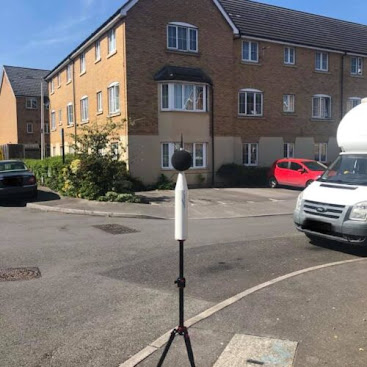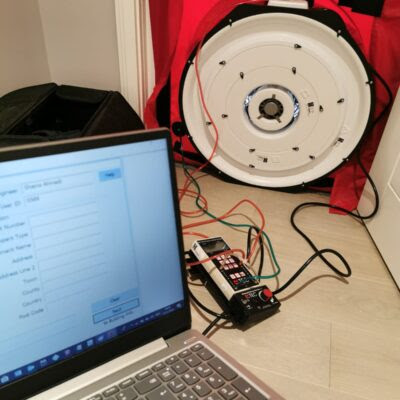An Essential Introduction to Air Testing And Tips to Make Your Building Airtight

Airtightness is a significant contributor to the energy efficiency and emission rates of any building. It ensures that all the specific requirements are met. If there are any air leaks in the building, it can give way to energy consumption especially when replacement air is conditioned. Air leaks can feed condensation that further causes performance issues. Moreover, the leaks also bring contaminated outdoor air into the building. In such a scenario, air testing in Essex becomes essential. What is air tightness testing? Airtightness testing is an assessment process that emphasizes air permeability, leakage, or tightness in a building. The higher the building's tightness level would be, the more significant the building's energy efficiency. So airtightness testing is mandatory. There are building regulations which give guidelines to new dwellings and non-residential building like offices. The testing is done to ensure that regulations are met and the performance of the building
